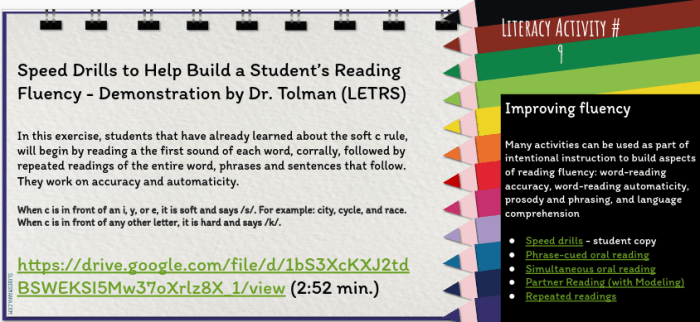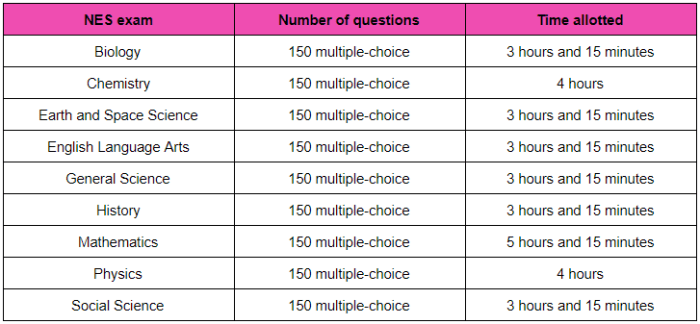Letrs Unit 2 Session 2 Check for Understanding serves as a pivotal tool in the educational landscape, empowering educators to assess student comprehension and tailor instruction accordingly. This assessment delves into the intricacies of the reading process, evaluating students’ ability to grasp key concepts and apply strategies for effective comprehension.
Through a comprehensive analysis of student responses, educators gain invaluable insights into areas of strength and weakness, enabling them to provide targeted support and enhance the learning experience. The results of this check for understanding serve as a roadmap, guiding instructional decisions and ensuring that every student has the opportunity to reach their full potential.
Understanding the Concept of ‘letrs unit 2 session 2 check for understanding’

The ‘letrs unit 2 session 2 check for understanding’ is an assessment tool designed to evaluate students’ comprehension of the concepts and skills taught in the corresponding unit and session of the LETRS program. The primary purpose of this check for understanding is to identify areas where students may need additional support or reinforcement, as well as to inform future instructional decisions.
The check for understanding assesses key areas of reading instruction, including:
- Phonemic awareness
- Phonics
- Fluency
- Vocabulary
- Comprehension
Methods and Procedures for Administering the Check for Understanding
The check for understanding can be administered individually or in small groups. It typically takes approximately 15-20 minutes to complete. The assessment format may vary depending on the specific skills being assessed, but generally includes a combination of multiple-choice questions, short answer questions, and open-ended questions.
To administer the check for understanding, follow these steps:
- Introduce the assessment to students, explaining its purpose and how it will be used to inform instruction.
- Provide clear instructions on how to complete the assessment.
- Allow students sufficient time to complete the assessment.
- Collect and review student responses.
Analyzing Student Responses
When analyzing student responses to the check for understanding, consider the following:
- Overall accuracy
- Patterns of errors
- Areas of strength and weakness
Common strengths observed in student responses may include a strong understanding of basic phonics skills, such as letter-sound relationships. Common weaknesses may include difficulty with more complex skills, such as decoding multisyllabic words or comprehending complex texts.
Utilizing Results to Inform Instruction
The results of the check for understanding can be used to inform instruction in several ways:
- Identify areas where students need additional support or reinforcement.
- Plan targeted interventions to address specific areas of need.
- Monitor student progress and adjust instruction as needed.
For example, if the check for understanding reveals that students are struggling with decoding multisyllabic words, the teacher may provide additional instruction on syllable division and blending.
Creating and Using Resources for the Check for Understanding, Letrs unit 2 session 2 check for understanding
There are several resources available to help teachers create and use effective checks for understanding.
- The LETRS website provides a variety of resources, including sample checks for understanding and scoring rubrics.
- Other online resources, such as Teachers Pay Teachers, offer a wide range of checks for understanding that can be adapted to meet the specific needs of students.
- Teachers can also create their own checks for understanding using a variety of tools, such as Google Forms or Microsoft Word.
When designing checks for understanding, consider the following:
- The specific skills being assessed
- The format of the assessment
- The time frame for completing the assessment
- The scoring criteria
Common Queries
What is the purpose of Letrs Unit 2 Session 2 Check for Understanding?
The purpose of Letrs Unit 2 Session 2 Check for Understanding is to assess students’ comprehension of key concepts and strategies related to reading.
How is the check for understanding administered?
The check for understanding can be administered through a variety of methods, such as written responses, oral discussions, or online assessments.
What are the key areas assessed in the check for understanding?
The check for understanding assesses students’ ability to identify main ideas, make inferences, draw conclusions, and apply reading strategies.
How can the results of the check for understanding be used to inform instruction?
The results of the check for understanding can be used to identify areas where students need additional support and to develop targeted instruction.
What are some resources that can be used to create effective checks for understanding?
There are a variety of resources available to help educators create effective checks for understanding, such as online tools, lesson plans, and professional development opportunities.
